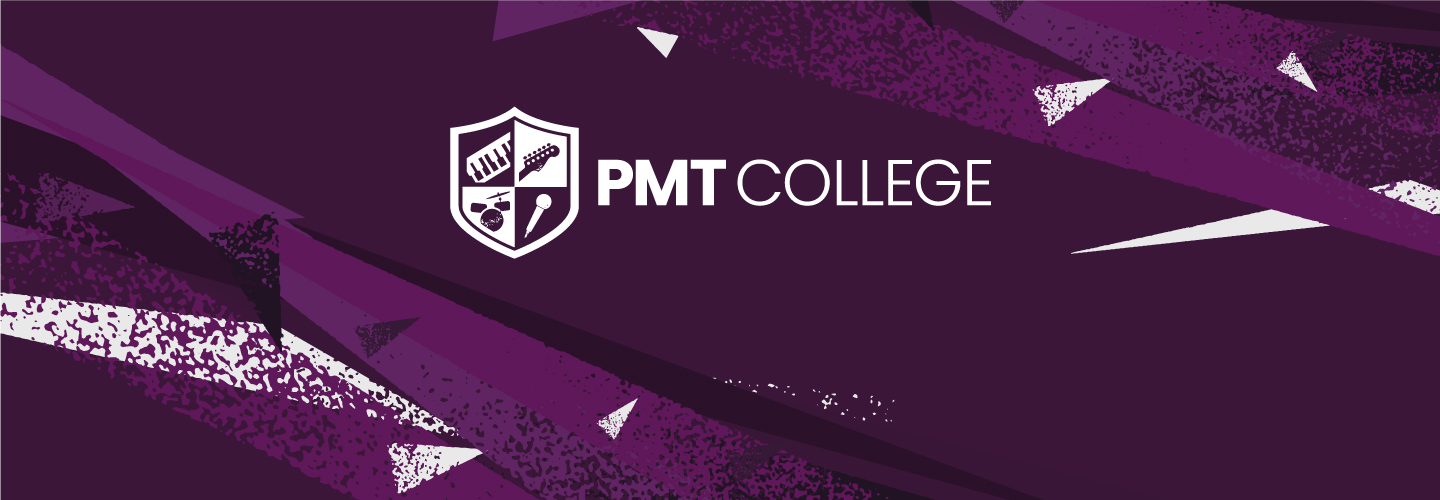
Tips to Make Your Guitar Solos Sound Better
Are you just starting to get to grips with your scale shapes and ready to take your playing to the next level?
If you’ve been learning lead guitar, you may find that you’ve fallen into some of the usual traps and guitar solo exercises. You may find yourself playing repetitive licks, or you may feel very uninspired to come up with new ideas.
In this lesson we are going to explore 5 guitar solo tips that will help you break out of this rut. Let’s get started..
Guitar Solo Tip 1 – Learn all 5 Pentatonic Shapes
The minor pentatonic scale is where most guitar players start off when learning lead guitar. The pentatonic scale has 5 shapes, each containing only 5 notes. In the key of E Minor, the notes we are using are E, G, A, B and D. These scales contain the same 5 notes all across the fretboard.
Once you’ve learnt these 5 shapes and now they are made up of the same notes, you can not only use the same licks in different places around the guitar, but you can also expand your solos from one scale shape to other registers. This will start to really open up the fretboard.
Pentatonic Shape 1
Shape 1 is rooted in the key note. The first note is an E. This is the standard shape most people learn to start off.


You can also play this an octave higher starting at the 12th fret.


Pentatonic Shape 2
Shape 2 starts from the second note of the scale, which in this key is a G.

To complete this scale play the 3rd and 5th frets on the B and E strings.
Pentatonic Shape 3
Shape 3 starts from the third note of the scale, which in this key is an A.


Pentatonic Shape 4
Shape 4 starts from the fourth note of the scale, which in this key is a B.

On the B string play the 8th and 10th fret, then on the E string play the 7th fret and 10th fret to complete this scale.
Pentatonic Shape 5
Shape 5 starts from the fifth note of the scale, which in this key is a D. You’ll notice the higher notes on each string (all along the 12th fret) also correspond with the lower notes of the first shape when it’s rooted on the 12th fret.


Guitar Solo Tip 2 – Work on Phrasing/Space
Phrasing is very important in lead guitar. It is not about what you play, but HOW you play it. The phrasing is vital to make your guitar solos sound fluid. All our favourite players have their own unique phrasing styles which is what makes them who they are.
It’s hard to develop phrasing, but the best way is to learn some licks. There are a few here to get you started. I also use space in this example to show that you don’t have to play notes on every single beat of the bar. You can leave space to create your phrases too.
This example uses a limited range of notes. For this, you are just using the 12th and 14th frets on the D and G strings. With these notes, you can do whatever you want, as long as you don’t stray from those fretted notes. Use your techniques and space to create as many combinations as you can.







Guitar Solo Tip 3 – Change Scale Shape Over the Chords
Over a standard 12 bar blues progression, you can use multiple pentatonic positions to give your lead breaks movement.
Over the I chord of a 12 bar in E minor, you can play the first shape. This is because the I chord is E and the first shape is rooted at an E note.
Over the IV chord which is A, you can play the third shape which roots at an A and over the V chord which is a B, you can shift to the forth shape. Here is an example of how that would look. Try these licks over the backing track and then start to come up with your own.


Guitar Solo Tip 4 – Play the Changes
You can also target specific notes in the scale to hit each chord change. This is a great way of resolving licks and making your playing very melodic.
If we just stick to the first position pentatonic to start with (Up at the 12th fret), you have the E notes on the 12th fret of the E strings and the 14th fret of the D. The A notes are on the 12th fret of the A and the 14th fret of the G and the B notes are on the 14th fret of the A and the 12th fret of the B.
To start with, take those notes and just play them along with the chord changes like this:


Then, when you are comfortable with where these changes sit in the progression, you can start to build licks that either start or end on the chord notes as the changes happen.
Here are a few to get you started. Try to identify when the notes land on the chord changes.






Guitar Solo Tip 5 – Channel Your Idols
You can learn a lot by taking some inspiration from your idols. All the licks in this example are taken from a recent video published on the channel about playing in the style of Stevie Ray Vaughan. While the licks may not sound SRV like in this context, channeling his playing through using his patterns and lick ideas is a great way to come up with something interesting.
Learn a bunch of licks from your favourite players and try this yourself.











